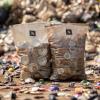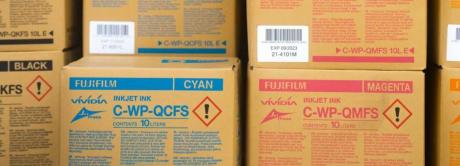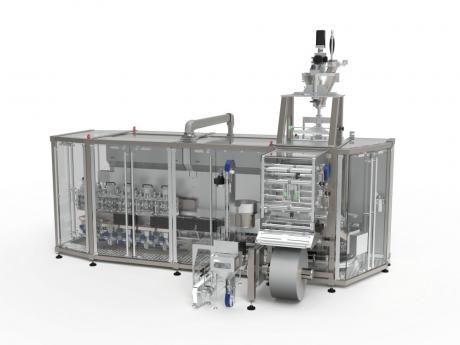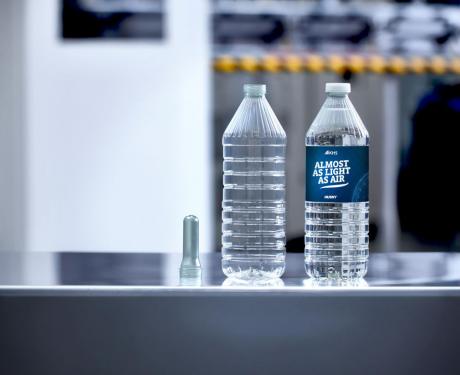One of the most obvious positive aspects of Omso direct printing technology for primary packaging is the reduced environmental impact associated with decoration and finishing processes.
Traditionally, the use of packaging labels and adhesives involves a high consumption of additional materials such as paper, polymers and chemical adhesives, with a consequent increase in the use of natural resources and energy. These materials not only expand the environmental footprint of decoration processes, but also complicate recycling operations.
To overcome these drawbacks, direct printing makes it possible to apply inks directly to the surface of the container, simplifying waste sorting and processing and improving recycling efficiency. This reduces the risk of contamination from incompatible materials, improves the quality of the recycled product and promotes a more efficient circular economy.
With regard to disposal, printing does not affect the separation of materials – which is based solely on the polymer type (PP, PET, HDPE, PVC, etc.) and not on the decoration of the packaging. In fact, printing does not change the nature of the material, so the packaging mono-material retains its properties.
It is then much easier for the end user to dispose of the product and the quality of the recycled material is improved. In fact, in order to properly dispose of labeled packaging, the end user has to separate the container from the label, with the risk that contamination persists due to residues of incompatible materials.
Omso delivers servo-driven machines for direct printing that ensure lower energy consumption thanks to their energy-efficient motors. In addition, the use of UV LED lamps for ink drying reduces energy consumption by up to 70% compared to mercury vapour lamps, prevents the generation of greenhouse gases such as ozone, and avoids the production and storage of additional materials such as paper, polymers and chemicals.









